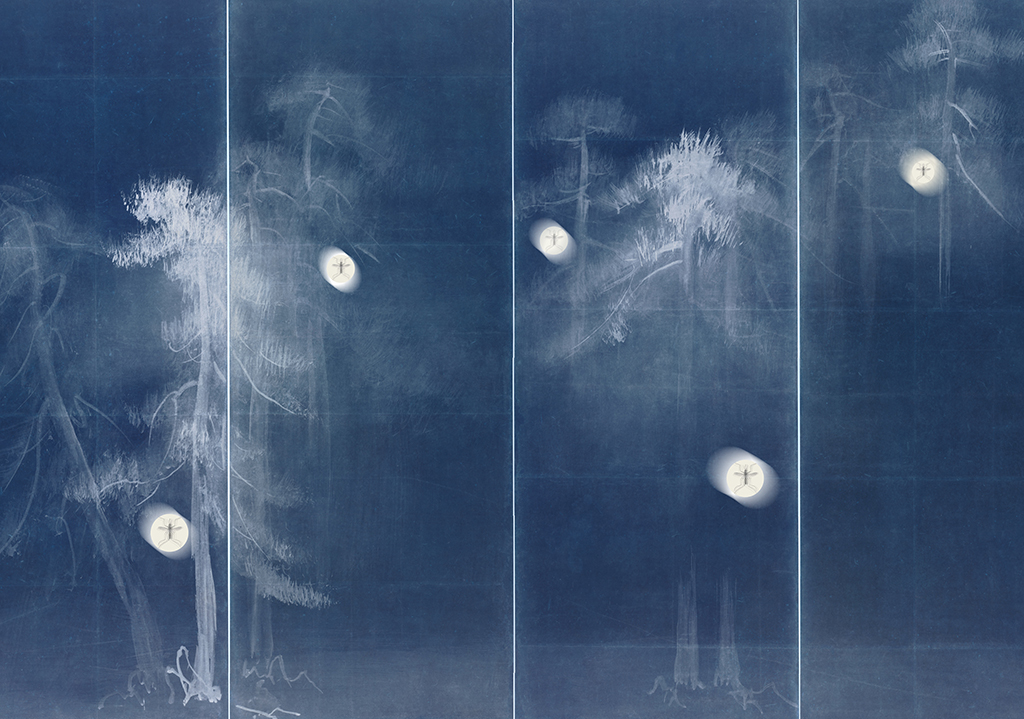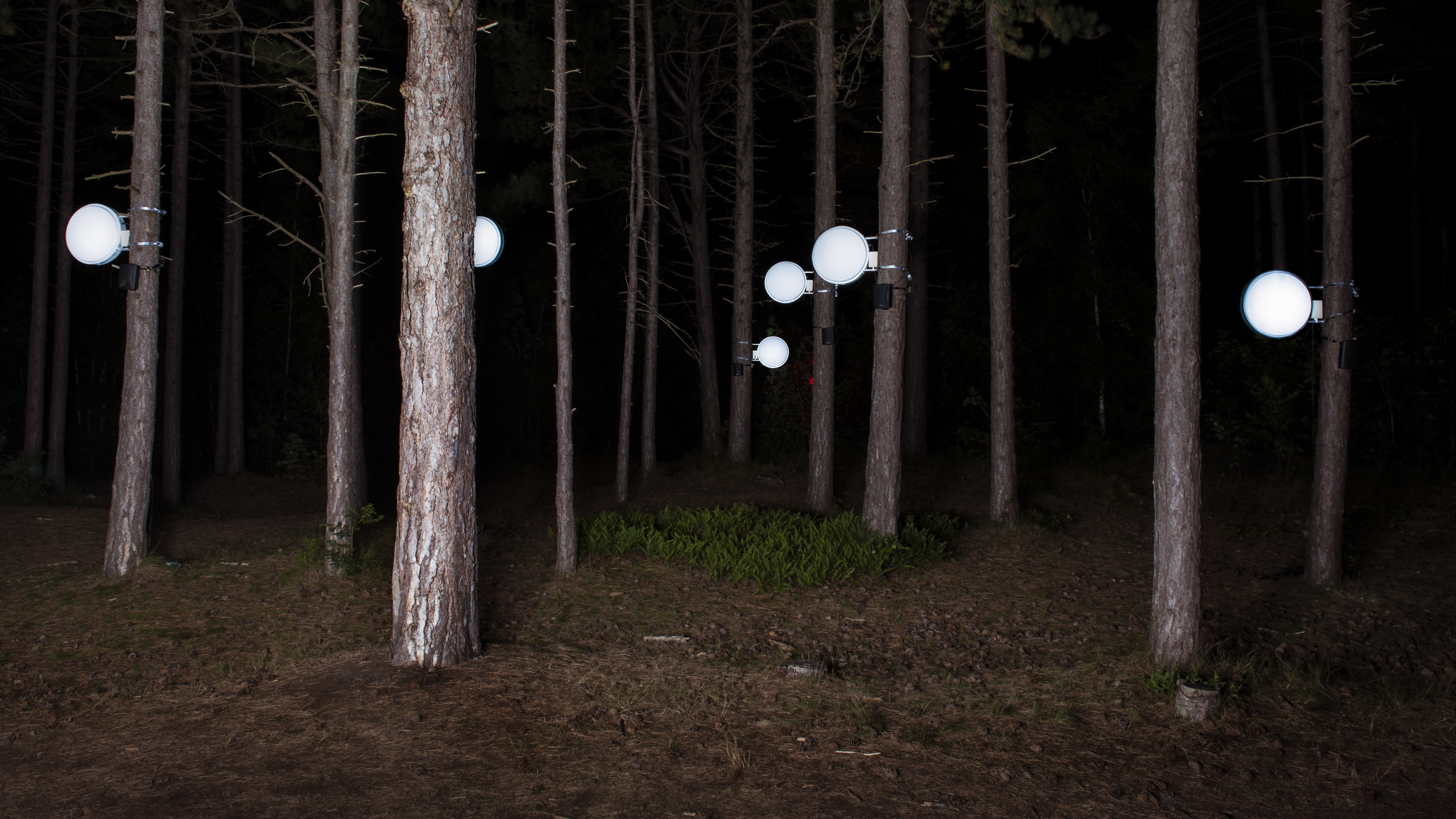Tiny Love Songs (All our futures are scalable)
Propositional Score #1. A Nocturne / Nocturnal Outdoor InstallationInto the Great Wide Open - Festival Event
Holland, 2019

Tiny Love Songs (All our futures are scalable) - Neal White from Into The Great Wide Open on Vimeo.
Tiny Love Songs (All our futures are Scalable)
Into the Great Wide Open Festival of Music and Contemporary Art, Holland, 20196 Light Boxes with integrated sound. These indidual units are self synchronised (GPS clock) to create multiple harmonics across any space - marking the hour.
The work was developed with Office of Experiments, including Engineer Erik Kearney, and composer Bill Thompson.
Our sincere thanks to our installer on the ground, Sjoerd, to Alice Smits and to all those involved in the academic, electronics and sound research, and to the festival and zone2source for commissioning the work in the first place.
The work is conceived as a clock that marks the changes occuring to insect populations within our biosphere.
The score creates an expanded, and cinematic soundscape within the pine woodlands of Vlieland, Holland. The sound and light that slowly illuminated the darkness was the chorus of a million mosquitoes that build slowly, before falling abruptly into silence and pitch black.
Starting just before the hour every hour, the score highlights the silence that falls before and after, as audiences listen to the far off sounds of the music festival, the night time life of the woodlands.
The score emerged from research into scientific innovation, specifically that of the genetically modified mosquito (Friendly Mosquito TM – aka Aedes aegypti) which has been released globally in countries including Brazil, Cayman Islands, Malaysia, to attempt to halt the spread of viruses such as Zika, Dengue etc. that cause great harm to human health in these areas.

These releases take places in zones of exclusion, in other words following trials conducted in the open which have less regulation than in the EU.
What the audiences hears is a layered composition developed with composer Bill Thompson that simulates for the human ear, the mating behaviour of the mosquito. The sound we hear when a mosquito is buzzing around our ears is in fact these tiny insects adjusting their wing beats, and this is also their love song. They adjust the frequency of their wings so that they can synchronise and couple in mid air with others. Scientific recording of the Aedes aegypti were used to create the underlying frequencies.The ‘post-natural’ or human designed organism is intended to be anti-evolutionary, due to a genetic modification which means that the offspring of the Friendly Mosquito do not live, and so, the cycle of their lives ends.
This is intended to halt the spread of disease, but itis not clear what the unintended consequences are. We were therefore interested in how audiences might respond to this score; a love song performed in the context of a musical festival that has a deep environmental connection.Through our research into the subject, we acknowledge that we can celebrate the human made mosquito as a biomedical advance that halts the spread of deadly pathogens as disease. Nonetheless, we were also made aware that this happens through the planned local extinction of a species for which we have little emotional attachment, except perhaps fear and loathing.
There are good reasons for this, the mosquito is our apex predator. But my concern lies around those expressed by Rachel Carson in Silent Spring, a book published in 1962, that traces the molecular impact of agro-business on all life. Our concern extends this work, and of colleagues such as Critical Art Ensemble, in creating a work that speaks to insect collapse and habitat loss across the world, due to the use of poorly or unregulated agricultural or biomedical advances.
The future of this tiny insect is scalable as a narrative, and as such, the messy outcomes of our lives, our designs and intentions, are not predictable. If we are to consider all possible futures, for all species and at all scales, as artists, researchers, clinicians, or even as a species, we need to draw attention not only to these post natural developments, their governance and control, but remain attentive sensorially to the messages we receive from the world around us, aware of different life cycles and rhythms as they change.

Concept drawing - based on the work Pine Trees Screen (Shōrin-zu byōbu) by Hasegawa Tōhaku.


